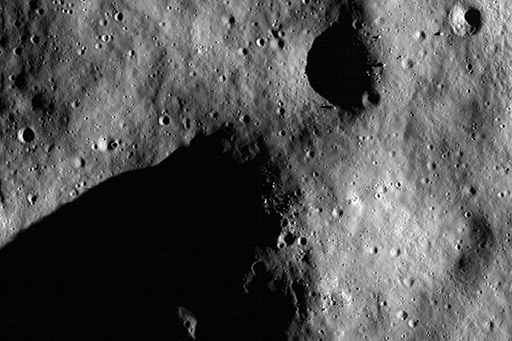3.4 The economics of it
When the Apollo Moon rocks were analysed, they were discovered to lack the water content that would be expected based on analyses of similar rocks on Earth. Even the recently discovered water in glass and minerals is at too low a concentration to make its exploitation viable. However, the discovery of water on the Moon surface has brought up new questions for humankind, with some of the most interesting and controversial being related to how we can utilise this resource.
The heavier a vehicle being launched into space, the more it will cost to launch it. If certain items could be removed from the launch vehicle or just reduced, money could be saved. If the water on the Moon is drinkable, less water may need to be taken on a lunar mission, which would save significant amounts of money and extend the time astronauts could remain on the Moon.
Even more important than water for humans is the gas oxygen. Without oxygen, no human can last more than a few minutes. In the past, oxygen tanks have been supplied for space walks. The water on the Moon could undergo a process (explained in the next step) to extract the oxygen from it, thereby putting less of a constraint on the amount of time that could be spent on the Moon. Rather than relying on oxygen being transported, it could be generated on the Moon.
Rocket fuel is a very expensive commodity and it gets used up very quickly, so finding an alternative fuel is important if we want to develop better methods of flying to and from the Moon. Using electricity (which can be generated from sunlight using photovoltaic cells like those on Earth), rocket fuel can be created using water and some simple pieces of equipment. The technique is called electrolysis and it uses simple chemistry to separate the water into hydrogen and oxygen gas, as you’ll see in the next step.

